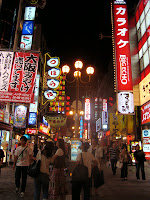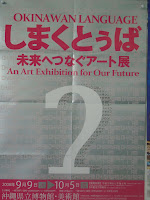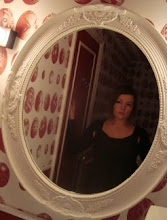 I decided to treat myself to some onsen baths at the final stop of my trip across Japan. I went to Tazawa-ko which is situated in Akita prefecture in Northern Honshu, offers some nice Onsen (hot springs) and has a direct shinkansen connection to Tokyo.
I decided to treat myself to some onsen baths at the final stop of my trip across Japan. I went to Tazawa-ko which is situated in Akita prefecture in Northern Honshu, offers some nice Onsen (hot springs) and has a direct shinkansen connection to Tokyo.I found a lovely "jazz hotel" named "That sounds good". It's located at Tazawa-ko's lake which is the deepest in Japan and its owners are huge jazz fans. Jazz music is played all day and they have all the equipment to hold ad
 hoc jazz concerts which they occasionaly do. Pretty rooms, excellent food and an onsen in the house with jazz music are compelling reasons to stay there. How nice to have a late night bath in the onsen listening to some jazz music!
hoc jazz concerts which they occasionaly do. Pretty rooms, excellent food and an onsen in the house with jazz music are compelling reasons to stay there. How nice to have a late night bath in the onsen listening to some jazz music!The lake is really nice to take some walks or you could rent a bike too. A cafe at the lake has delicious unusual pizza with beer dough.I visited an onsen in the mountains as well. An hours walk through the forrest with great views gets you there from the last bus stop. The water is turquoise green, everything in the bath is wooden and the location in the mountain forrest is just divine. Tazawa-ko made just a perfectly relaxing final part of the 6-weeks trip.


































